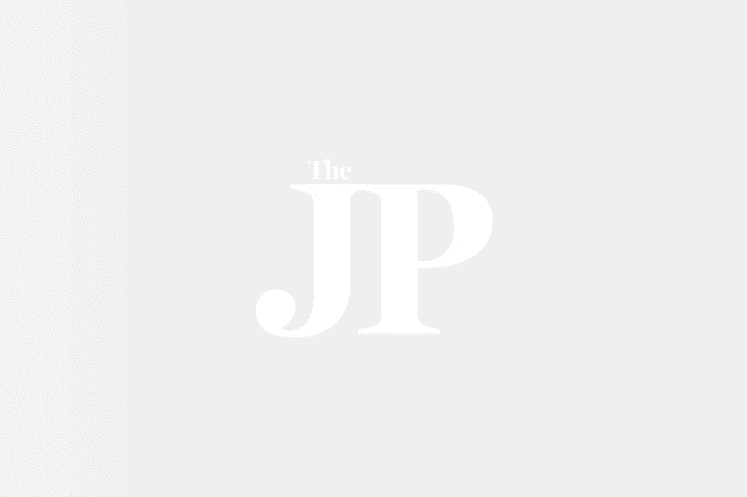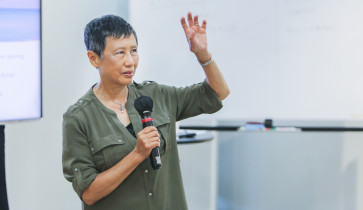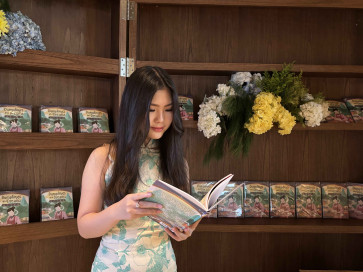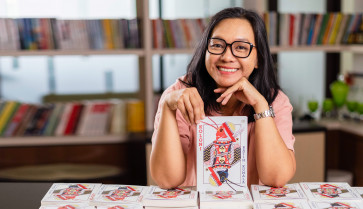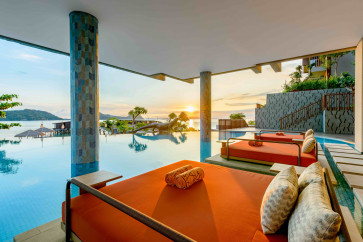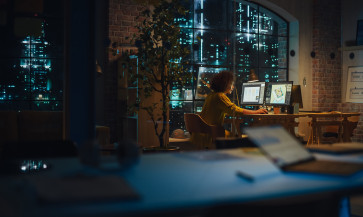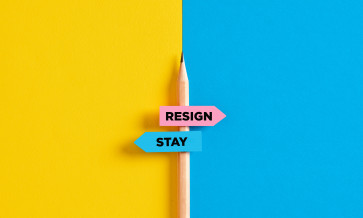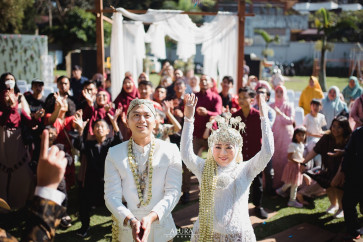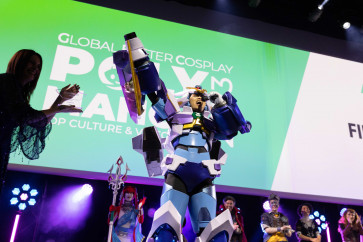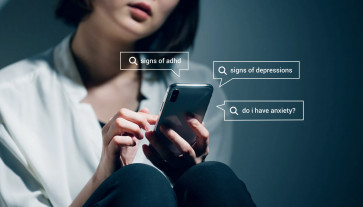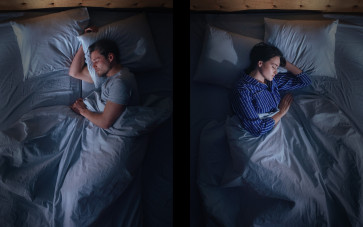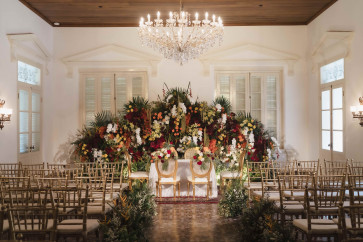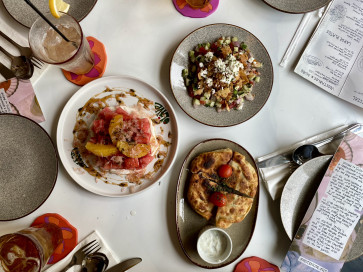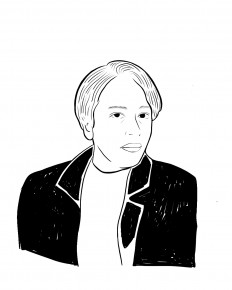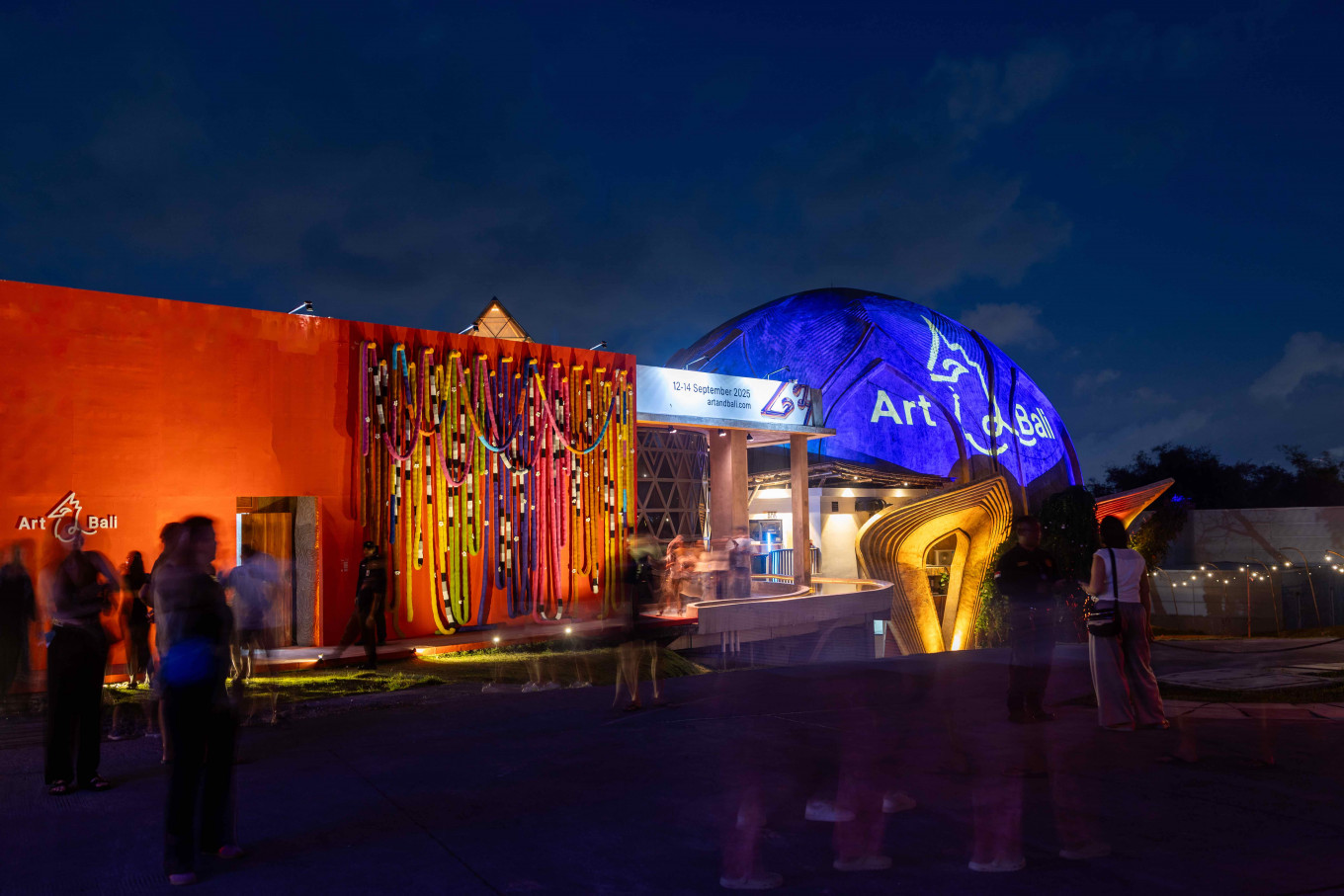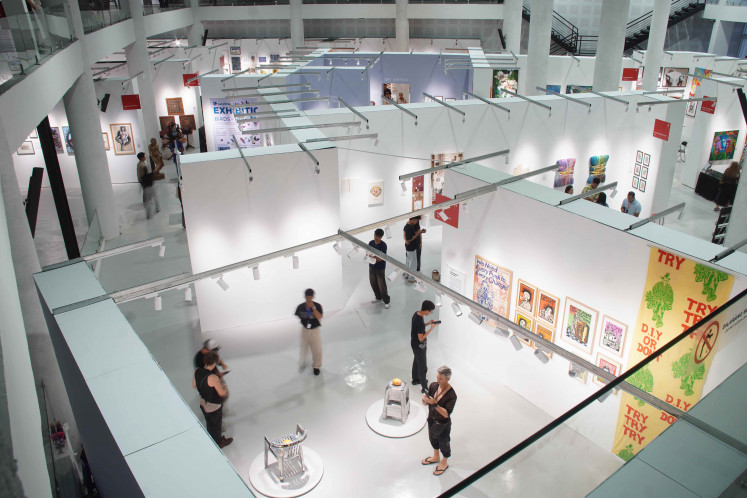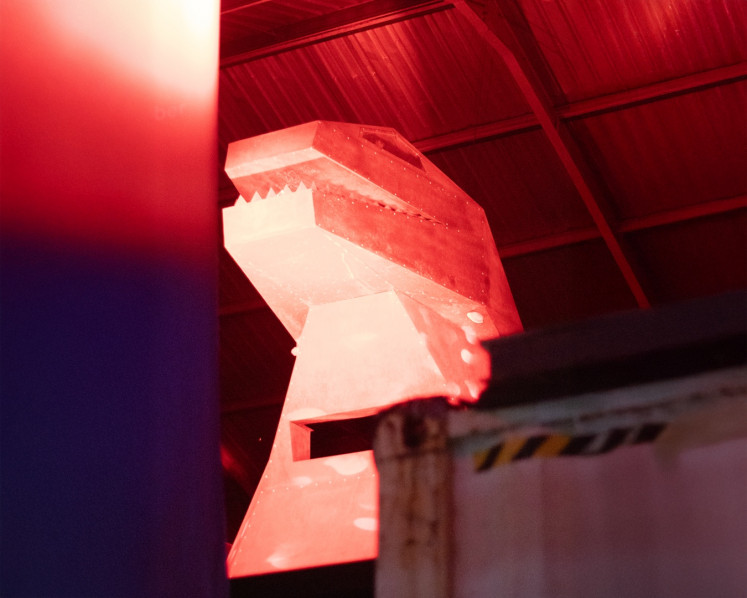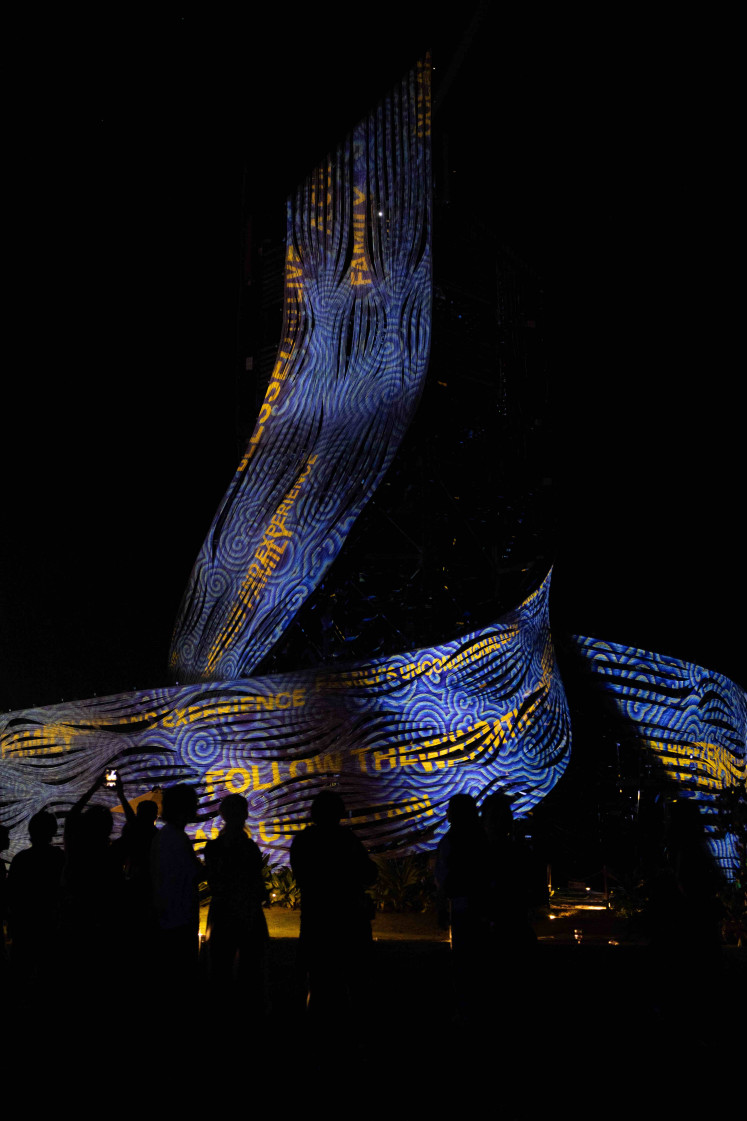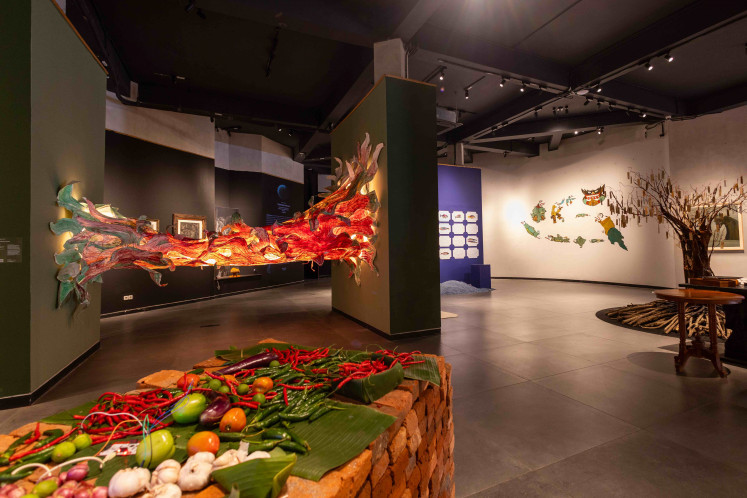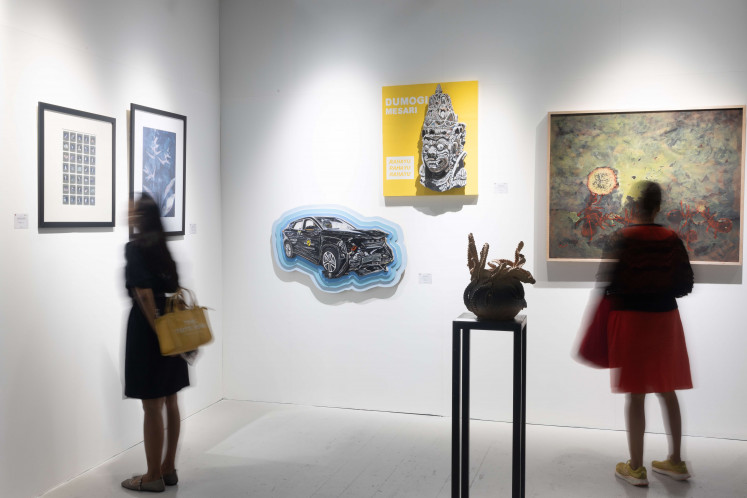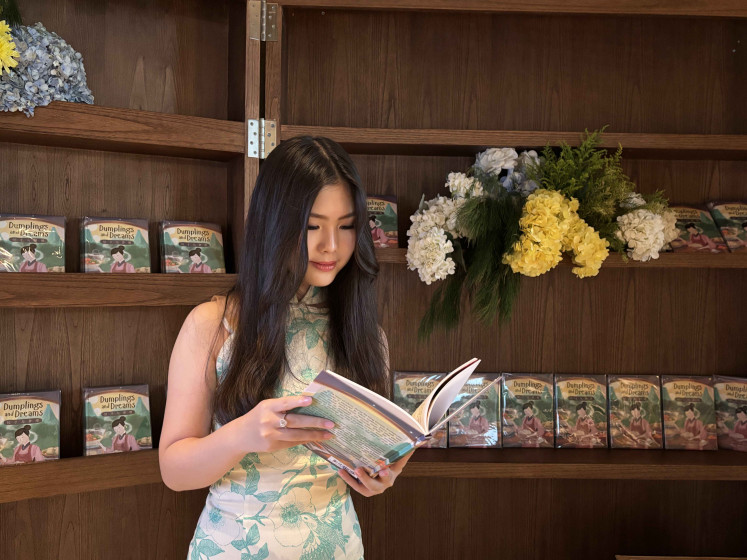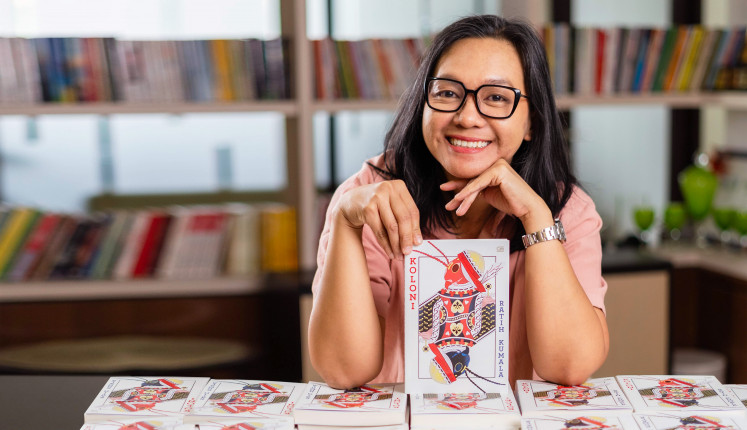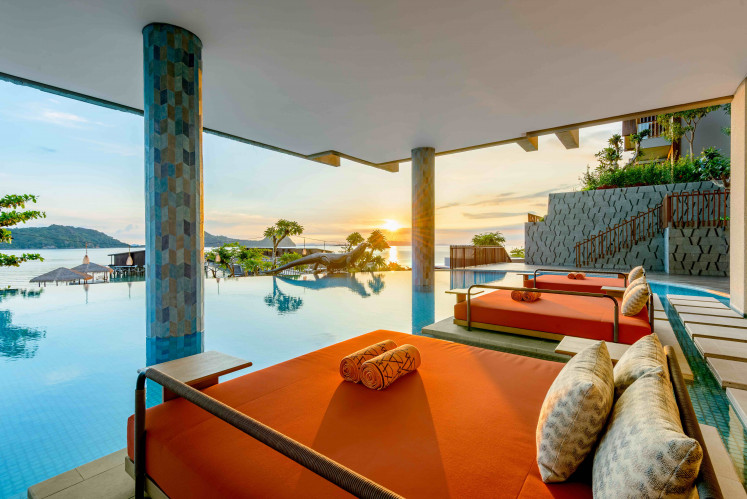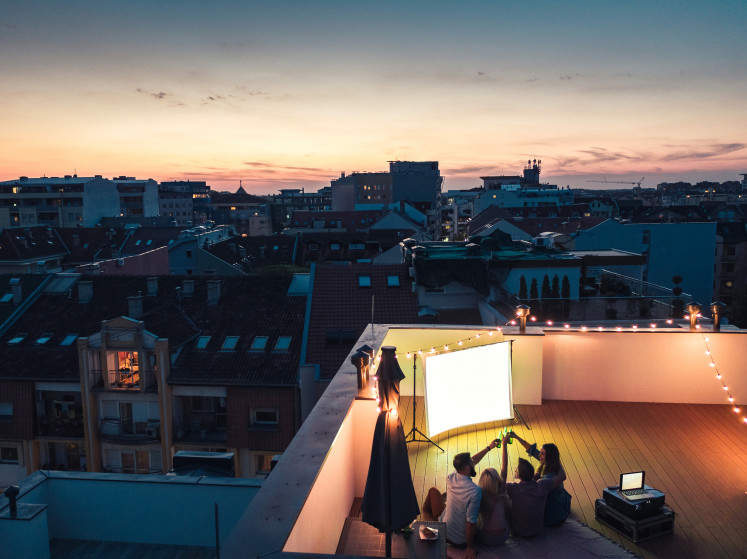When you think of Bali, you think of warm sands on the beach, a refreshing cocktail in hand, and purple skies over sundown in Pererenan.
Starting this year, you might want to add “art destination” to the list.
Art & Bali, billed as the island’s first international art fair, made its debut at Nuanu Creative City, convening 17 galleries and collectives representing more than 150 artists for its inaugural edition from Sept. 12 to 14.
For its first iteration, Art & Bali 2025 takes the theme of “Bridging Dichotomies”, which explores the intersections of opposites in an increasingly online world: tradition and modernity, nature and technology, human creativity and artificial intelligence.
More than just a fair
Perhaps naturally drawn to its picturesque vistas and rich cultural ancestry, Bali is home to a thriving arts community, second only to Yogyakarta.
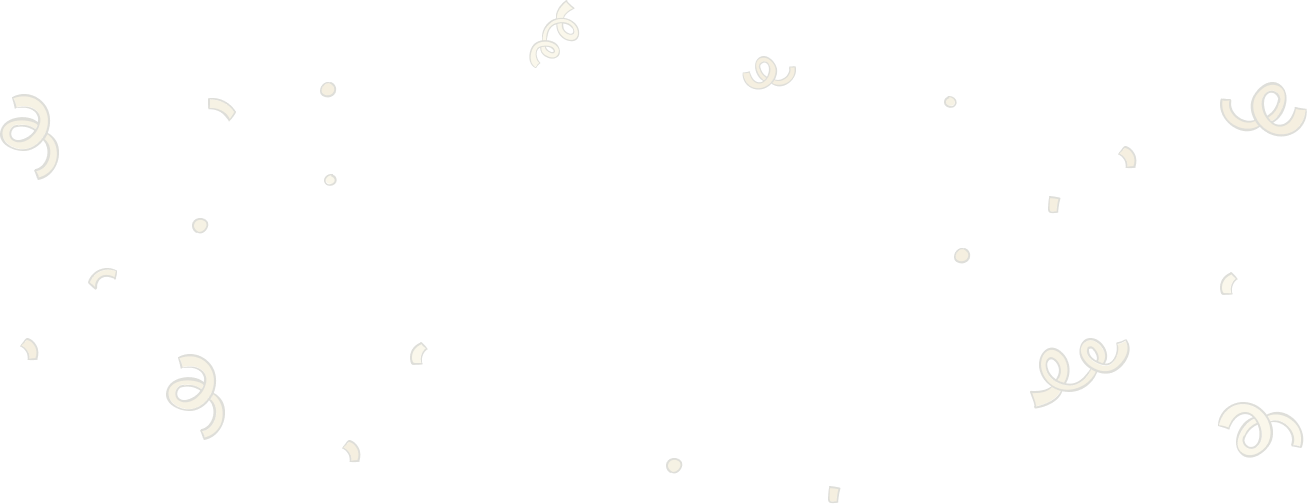
Thank you!
For signing up to our newsletter.
Please check your email for your newsletter subscription.
Nowhere was this more apparent than the main exhibition space, where from its 17 participating exhibitors hailing from Singapore, South Korea, Japan, Spain and Indonesia, 70 percent are domestic, with most of them based in Bali.
(Courtesy of Art & Bali)
Kelsang Dolma, Art & Bali’s director, emphasized that the team had always wanted to build an art fair that feels like a festival.
“When we started shaping it, it was very clear that we didn’t want to create something which had a lot to do with quantity. It was never about having 70 galleries, 120 galleries, or making sales of 500 works,” she said.
Even the final lineup of 17 exhibitors was whittled down from a capacity of 20, a fact Kelsang attributed to the use of galvanized steel and MDO panels for the booths instead of the industry standard gypsum and plywood, allowing the materials to be reused for at least 10 more times instead of being discarded.
At the same time, Art & Bali was not envisioned to be an art fair with only exhibitors.
“If you’ve visited an art fair, it’s the side events, the parallel events that people are more excited about. It’s the connection that people get to make during the art fair, the like-minded individuals that shape the contemporary art industry itself.”
With more than 50 programs throughout the weekend, attendees were treated to a range of activities, ranging from workshops on Keliki painting and Balinese wayang, discussions on art collecting and Bali viewed by the global gaze, to site-specific performances.
(Courtesy of Art & Bali)
In addition, Art & Bali 2025 also marked the unveiling of Trokomod by Heri Dono, a 7.5-meter installation that made its debut at the 2015 Venice Biennale. Shaped like a hybrid of a Trojan horse and Komodo dragon, the installation’s debut in Bali was accompanied by a site-specific performance from Bali-based collective Kitapoleng.
For a more interactive experience, the second phase launch of THK Tower by Arthur Mamou-Mani with Balinese artist Chiko Wirahadi invited visitors to project their wishes and emotions into the structure to create a permanent library of voices. Standing at 25 meters tall, THK Tower is Bali’s largest art installation made entirely of repurposed materials, including rattan reinforced by bio-epoxy derived from cooking oil, and ironwood reclaimed from an old colonial bridge.
(Courtesy of Art & Bali)
“You feel that there is a space for everyone, and that became a foundation for us to build the art fair. So when we talk about an art fair that feels like a festival, it’s something where you have different experiences in different venues with different people that bring everything together and hold art and value.”
Message and medium, hand-in-hand
Beyond the galleries and collectives, each edition of Art & Bali is anchored by a curated exhibition, debuting this year with “Terra Nexus”.
Curated by Mona Liem, “Terra Nexus” is a high-energy new media show featuring over 30 domestic and international artists, exploring how art, ecology and technology converge, ranging from immersive installations to collaborations between digital artists and traditional carvers.
“This exhibition is a showcase of holistic expression; a stage where technology and science dance together with art to spark innovation rooted in local cultural context,” Mona said.
(Courtesy of Art & Bali)
Experimental and at times political, Mona is of the opinion that both the medium and the message are equally important, especially when some might question the inclusion of paintings dedicated to new media art.
She pointed to Japanese artist Iroha Ozaki’s MEDIUM-Determinism, which incorporates human bone as part of his criticism of capitalism, gamer art collective MIVUBI’s Rampogan that recreates a traditional fight between a buffalo and a Javan tiger in a Minecraft game session, and Dhanny “danot” Sanjaya’s Feeding Trash that spotlights how waste affects the fish on our dinner table through the help of augmented reality (AR) technology.
“The message is what’s important, but of course not in a condescending way where we have to follow a strict interpretation, as it would limit how we think.
“I believe everyone can enjoy this fair, even if they just wanted a photo for Instagram. For me, it’s still a gateway to become more informed, interested and curious, but closes the gap in a more subtle way.”
(Courtesy of Art & Bali)
Judging by the crowd looking for a snapshot with Nus Salomo’s Under The Shadow of Wings, perhaps those pictures will spark conversations after all.
Josa Lukman is an editor and head of the Creative Desk at The Jakarta Post. He is also a margarita enthusiast who chases Panadol with Tolak Angin, a hoarder of former "it" bags and an iced latte slurper.
